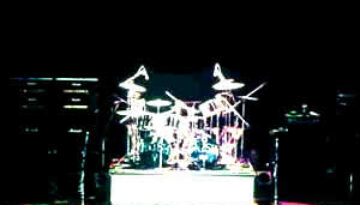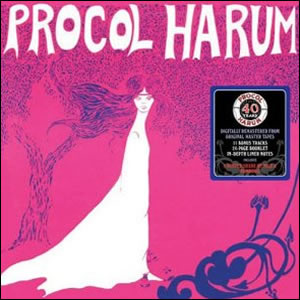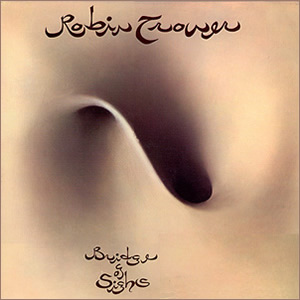The Live Album
We pretty much cover studio albums exclusively at Classic Rock Review and will continue to do so with the exception of the few studio/live hybrids that we explore later in this article. […]

We pretty much cover studio albums exclusively at Classic Rock Review and will continue to do so with the exception of the few studio/live hybrids that we explore later in this article. […]

Buy Procol Harum Procol Harum released their fantastic eponymous debut at the end of the summer of 1967 but most listeners have not had an opportunity to hear it as it was created. […]

Buy Bridge of Sighs Full of subtle but solid and rewarding tracks which are well composed and sonically masterful, Bridge of Sighs is the album where Robin Trower may have advanced the rock […]